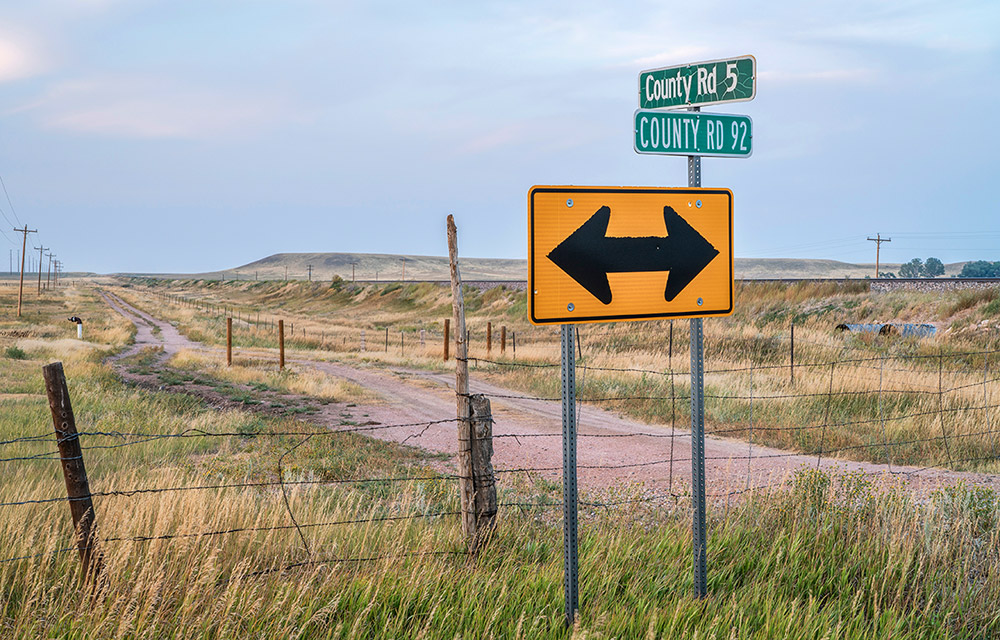For years, Opportunity Zones were viewed mostly as a tax play — a way for investors to park capital gains while checking the “social impact” box. That narrow view is about to change. With the passage of the One Big Beautiful Bill Act (OBBBA) in 2025, Congress permanently extended and retooled the program, ushering in what’s being called Opportunity Zones 2.0. This overhaul turns what was once a temporary incentive into a durable strategic framework — one that rewards foresight, community engagement, and long-term investment. The companies that act early, particularly in rural America, will enjoy a decade-long head start.
From Tax Break to Growth Strategy
Under the updated program, businesses that reinvest capital gains into designated zones through Qualified Opportunity Funds can defer taxes for five years, cut those taxes by 10 percent on standard investments, and by 30 percent for rural projects. After ten years, gains from OZ holdings are tax-free.
But beyond the math, OZ 2.0 introduces something executives have wanted all along: predictability. The program is now permanent, with new designations to be made every ten years. The first cycle begins July 1, 2026, when governors will have a 90-day window to nominate new census tracts that meet updated criteria.
Rural Opportunity Zones aren’t charity — they’re policy priorities.
That means corporate leaders have time — but not much — to position their portfolios, engage state officials, and ensure that their properties or projects are on that next map. For companies in real estate, logistics, manufacturing, or energy, it’s a rare chance to shape public-policy geography before it’s drawn.
The Rural Multiplier
The biggest story inside Opportunity Zones 2.0 isn’t the permanence — it’s the pivot to rural America.
Rural zones now receive a richer suite of incentives: a higher basis step-up, a lower threshold for required property improvements, and the standout 30 percent reduction in taxable gains. That’s a direct signal from Washington that rural and small-market investments aren’t charity — they’re policy priorities.
And the timing couldn’t be better. While urban development faces rising costs, labor shortages, and zoning friction, rural markets are flush with ready-to-work populations, access to lower-cost land, and growing infrastructure support for broadband, energy, and logistics. For manufacturers and supply-chain operators under pressure to diversify and near-shore production, this is the opening they’ve been waiting for.
30%
A rural Opportunity Zone can cut both time and cost from a project. It can also deliver reputational dividends: a company seen as building in the places America left behind gains political capital, goodwill, and often, priority access to state-level incentives layered on top of the federal OZ benefits.
Why Acting Now Matters
- Every major company has property in markets that could qualify — but inclusion isn’t automatic. Governors nominate tracts, and nominations are competitive. To make the case, companies should begin immediately:
- Audit your holdings. Identify assets in tracts where median family income is below 70 percent of the state or area median.
- Engage state and local officials. Build relationships and communicate how your investments support employment and economic stability.
- Gather the proof. Data on hiring, capital investment, and community impact helps governors justify nominations and ensures your voice is heard.
The companies that engage now will help define the next decade of industrial growth.
Waiting until 2026 means reacting to a map drawn without your input. The companies that prepare now will define which regions — and which corporate footprints — qualify for the next generation of OZ benefits.
For C-suite leaders, Opportunity Zones 2.0 should be viewed less as a compliance topic and more as a competitive planning tool. Permanent tax advantages can offset future cap-rate compression, hedge inflation, and open access to regions primed for growth.
At the same time, the rural tilt of OZ 2.0 aligns directly with broader trends in site selection and industrial strategy: reshoring, grid expansion, and workforce redistribution. The next industrial corridor may not follow the interstate between major metros — it may follow fiber lines, power grids, and water infrastructure through rural counties ready to absorb growth.
By blending financial optimization with geographic foresight, executives can turn Opportunity Zones 2.0 into a blueprint for sustainable expansion — one that delivers both shareholder value and national resilience. The message is simple: the new frontier of U.S. growth is rural, and the Opportunity Zone map is being redrawn.Those who help draw it will own the decade ahead.


